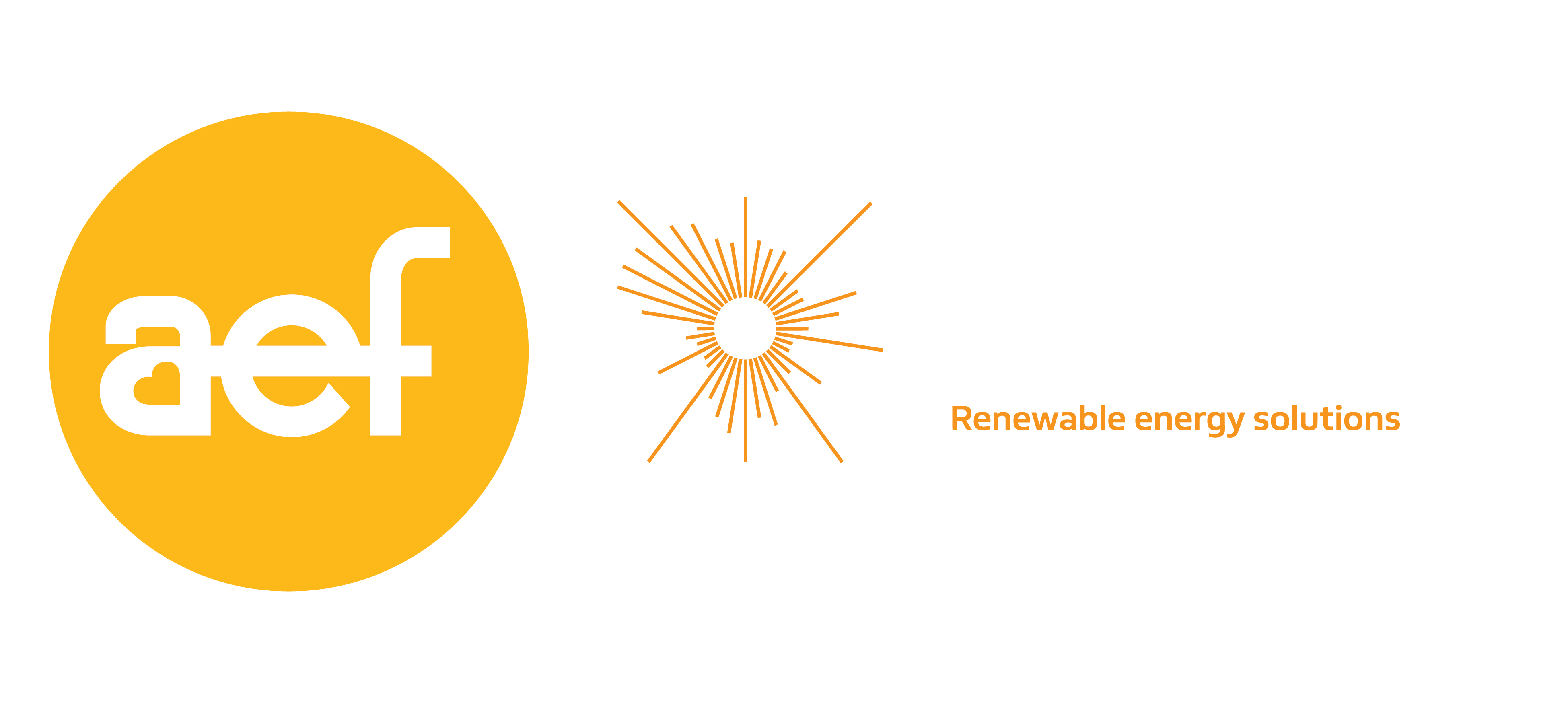WHAT'S NEW & CONTACTS TASK LIST TIMETABLE YOUR STAND SERVICES AND SUPPLIERS
VENUE & ACCESS SHOW INFORMATION HEALTH & SAFETY SUSTAINABILITY HOME
SUSTAINABILITY
AEF is committed to delivering a sustainable event and we encourage our exhibitors and contractors to make sustainability a key consideration. So, whether you are a fully-fledged sustainability champion or you are new to the topic, we have collated some useful points and actions that will allow you to succeed in planning towards a more sustainable event at AEF.
Additionally, as part of your COVID Secure procedures, you should consider how to reduce touch points on your stand as part of your sustainability options - for example, replacing printed information with alternatives that reduce the risk of touching contaminated materials, or can be easily cleaned in between contacts.
Stand Design and Construction:
- Sustainability should be a fundamental part of your plans leading up to exhibiting. The best stand design doesn’t always require the most materials.
- Ask your stand builder to provide you with information about how they are reducing the environmental impact of your stand, and how they measure that reduction.
- Source environmentally friendly materials, avoiding those which will end up in landfill. Timber is used extensively in stand building, so insist your stand builder uses timber which carries the Forest Stewardship Council trademark, or which has been recycled already.
- Design for re-use and re-purposing of materials – find new ways to utilise materials which have previously been part of displays/attractions and are surplus to requirements at the end of the event. Design your stand to make best use of energy efficient lighting e.g. LED
- Maximise prefabricated components in your design which can be used again, and can be built/ dismantled efficiently.
Printed Material and Collateral:
- Are there more sustainable options available?
- Research the materials you are going to use on your stand – can they be safely and effectively used again?
- Reduce your printed literature by switching to digital options e.g., on-stand displays that can be easily cleaned and/ or handouts made available by USB or email.
- Minimise the amount of printed material distributed and reuse excess marketing material after the event e.g. don’t put a date on printed items so they can be used the following year.
- Take home what you don’t use!
- Consider using local suppliers – this supports local businesses and reduces your carbon footprint.
- Use paper packaging rather than plastic.
- Use recycled paper wherever possible or FSC certified paper.
Catering:
- Use reusable cups and glasses.
- Use paper packaging wherever possible.
- How are you going to manage your staff catering onsite – where and what is available?
- How many plastic containers can you “save”?
Energy and Resources Consumption:
- How many devices you are powering on your stand – are they all necessary?
- Manage energy consumption by incorporating low voltage LED lighting into your plans.
- Minimise the use of water wherever possible.
Transport:
- Encourage all stakeholders to use public transport rather than taxis.
- Encourage car-sharing by setting up a car share scheme; report how many miles and how many journeys saved – can you incentivise this?
- Team up with a carbon offsetting company and devise a mechanism for your all your stakeholders to get involved with carbon offsetting – there are lots of different companies including a UN programme.
https://offset.climateneutralnow.org/registerresult/2
Waste:
- Minimise your waste
- Plan what can be recycled – how, when and where?
- Utilise recycling bins that are available appropriately
Suppliers:
We encourage exhibitors to use and contract our recommended suppliers. Working with companies that are already collaborating with the event/business can reduce your environmental impact because you will benefit from shared transport/labour.

